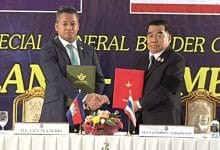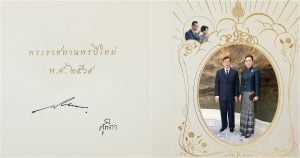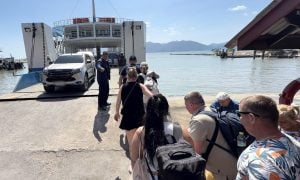Thailand’s ageing F-16s, what’s the next move?
Thailand pivots to Saab Gripen E/F jets in 60 billion baht air force modernisation deal
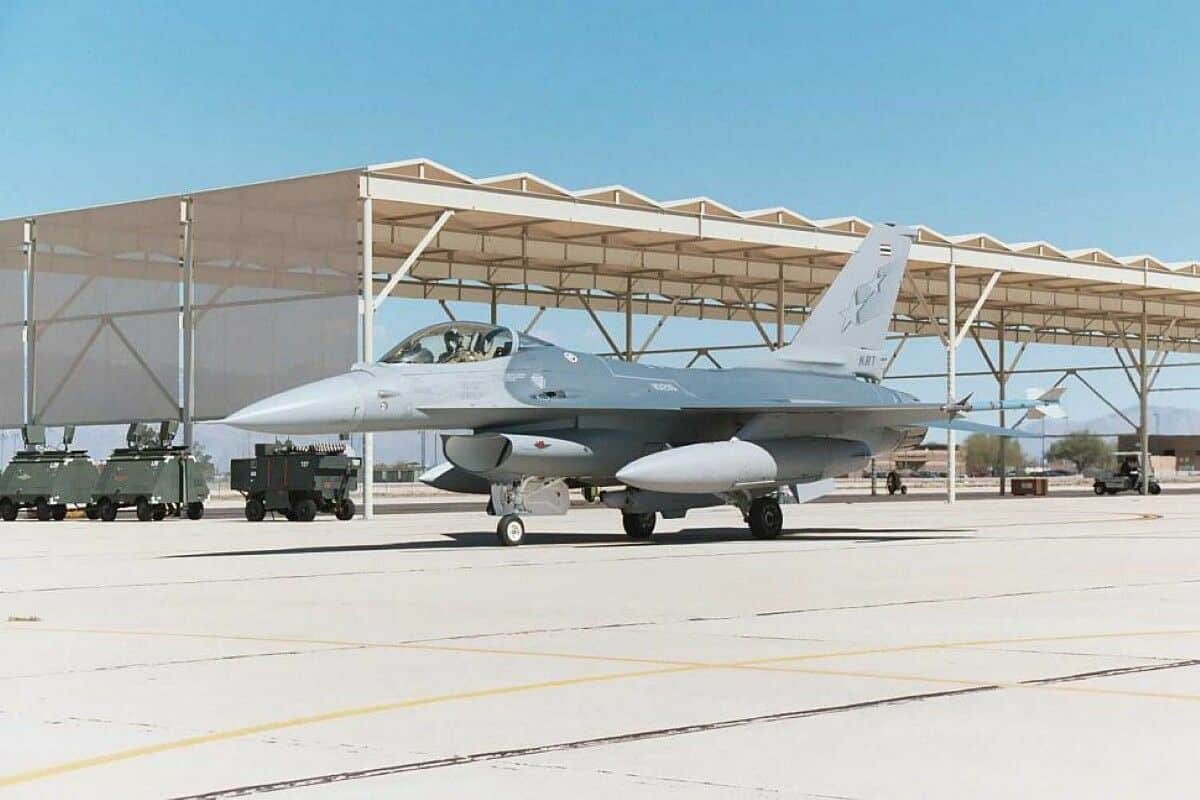
Thailand’s Royal Thai Air Force (RTAF) is facing an important challenge: how to replace its ageing fleet of F-16 fighter jets while keeping pace with regional security demands and budget realities.
For decades, the F-16 has been the backbone of Thailand’s air defence. But with many of these jets approaching their retirement age, the RTAF has now shifted gears, looking for a replacement for the old reliable F-16, with the Swedish Saab Gripen E/F emerging as the leading candidate to take over the skies.
In this article, we break down Thailand’s current fighter jet situation, why the F-16 is being phased out, and what the next generation of aircraft means for the country’s military and strategic balance.
The current state of Thailand’s fighter jets
The Royal Thai Air Force operates multiple fighter jets, each with its own role and history.
F-16A/B Fighting Falcons: Bought mostly in the 1990s and early 2000s under the Peace Naresuan programme, these American jets have served Thailand well for over 30 years. However, many of the older F-16 Block 15 models are due to retire by 2035. The fleet includes 51 F-16s, with some still in active duty but showing signs of ageing.
F-5E/F Tiger II (‘Super Tigris’ upgrade): Thailand also flies 33 of these smaller jets, which have been extensively modernised in recent years under the F-5TH Super Tigris programme. This upgrade brought new radar, weapons compatibility, and advanced communication systems, extending their service life to around 2035.
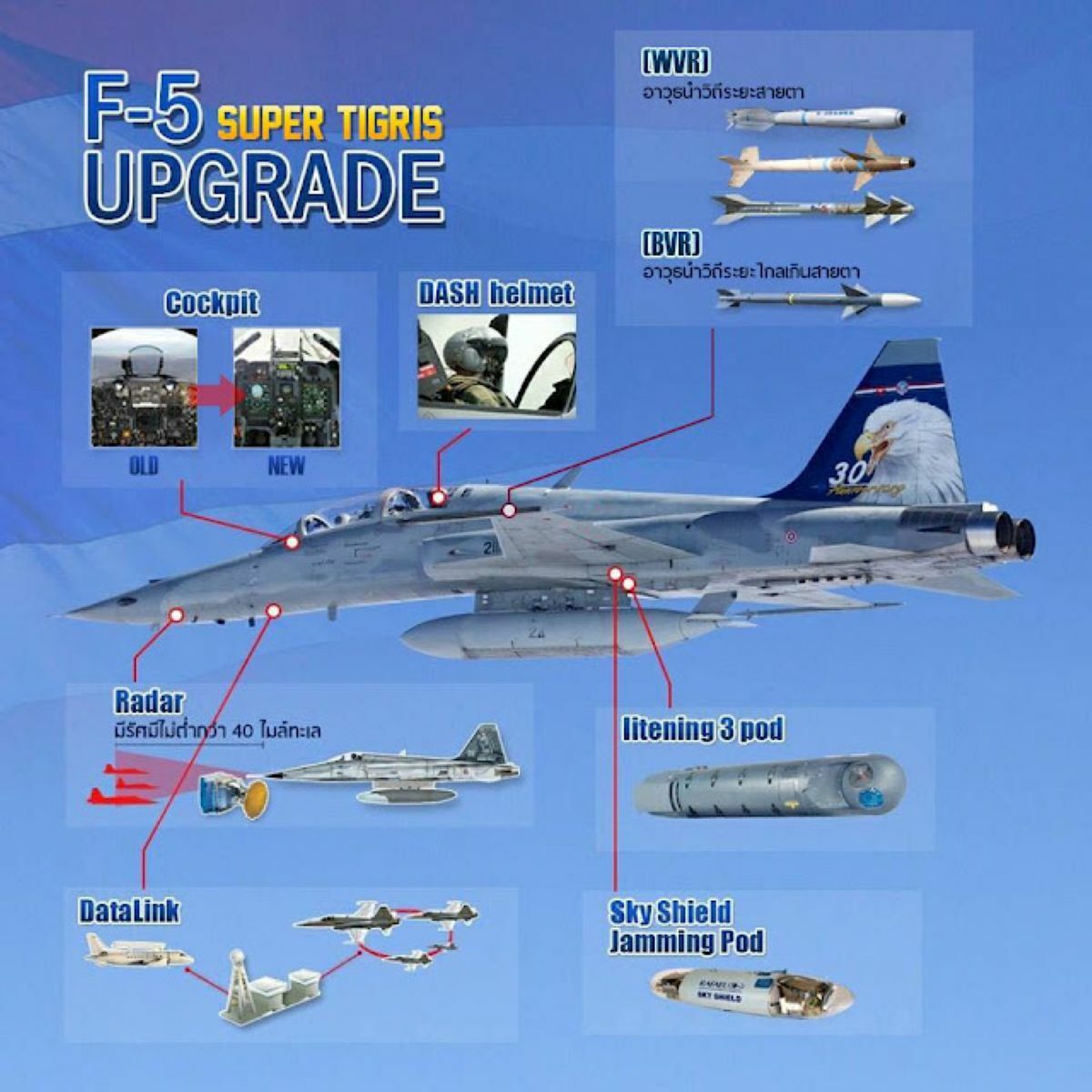
Saab Gripen C/D: Thailand already operates 11 of these Swedish jets, upgraded to meet modern standards. Known for their low operating costs and advanced networked warfare capabilities, they provide a glimpse of the future for the RTAF.
Despite these upgrades, the fact still stands that if Thailand wishes to meet modern aerial threats, the ageing F-16s, even though the fleet has served the RTAF handsomely over the past few decades, may not be entirely fit for the job anymore.
Why is Thailand moving away from the F-16?
The most recent plans showed Thailand was interested in buying the latest version of the F-16, known as the Block 70/72. However, the deal hit a major roadblock; financial terms offered by the US were too restrictive.
The US government wanted Thailand to fund the entire purchase through a single lump-sum loan from a US-based bank, with a 12-year repayment plan at a 4.5% interest rate. For Thailand, this was a steep financial commitment that didn’t align with its usual practice of financing military purchases through national budgets rather than foreign loans.
Thailand’s Defence Minister, Phumtham Wechayachai, explained that the country’s competing priorities, such as healthcare and infrastructure, made it difficult to commit to such a heavy upfront cost. Plus, the interest rates and loan conditions added to the strain.
On top of that, there was speculation that the US wanted to use the arms deal to improve trade talks and avoid tariffs, which made the financial package less attractive to Thailand.
Saab Gripen E/F: Right place, right time
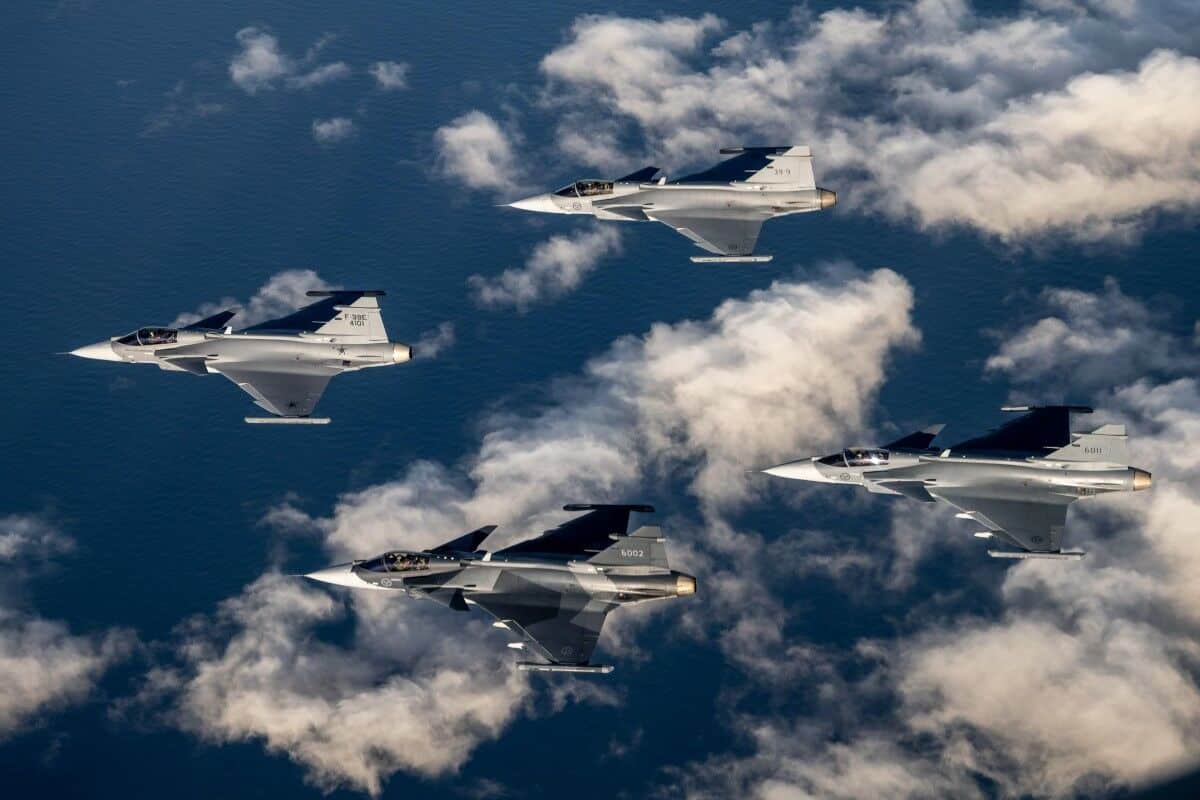
More recently, as of June 6, 2025, the RTAF has confirmed its plan to acquire 12 Saab Gripen E and F fighter jets from Sweden in a deal valued at 60 billion baht, with initial deliveries expected by 2029, aligning with the RTAF’s modernising efforts.
RTAF Commander Air Chief Marshal Punpakdee Pattanakul announced on June 5 that the acquisition aims to replace the Kingdom’s ageing F-16 fleet, which is slated for gradual retirement by 2035. The procurement will be conducted through a 10-year government-to-government agreement with Sweden, divided into three phases, with the first phase involving four jets costing 19.5 billion baht delivered by 2029.
Additionally, Sweden has committed to a comprehensive defence offset package valued at over 100 billion baht, including technology transfers, human resource development, and support for the local defence industry. The RTAF plans to finalise the contract by August 2025 and simultaneously initiate training for pilots and maintenance crews.
With the F-16 deal stalled, the Swedish Saab Gripen E/F fighter jets ticked many boxes:
Advanced technology: The Gripen E/F is a modern 4.5+ generation fighter fitted with all the modern bells and whistles. For example, it features an AESA radar, a type of radar that can scan the skies faster and with better accuracy than older models. It also has the Skyward-G infrared search and track system that detects heat signatures from enemy aircraft or missiles, even without radar.
Multirole flexibility: The Gripen can handle air-to-air combat, ground attacks, and reconnaissance missions. It supports advanced weapons like the Meteor beyond-visual-range missile, which can hit targets miles away with great precision.
Lower operating costs: Compared to the F-16 and other modern jets like the F-35, the Gripen is significantly cheaper to fly and maintain. This is important for Thailand’s defence budget, as it allows for more frequent training and operations without overspending.
Technological collaboration: Sweden has offered Thailand significant technology sharing and opportunities to develop its domestic defence industry. This is a big deal as it means that Thailand can build some components locally, train engineers, and reduce long-term dependence on foreign suppliers.
Existing Gripen fleet: Since Thailand already flies the Gripen C/D, adding the newer E/F models means pilots and ground crews won’t face a steep learning curve. The logistics and maintenance processes can be streamlined.
Geopolitical flexibility: Unlike US jets, which often come with operational restrictions and political conditions, the Gripen allows Thailand to maintain a more neutral position in global politics. This is useful as Thailand balances its relations with both the US and China.
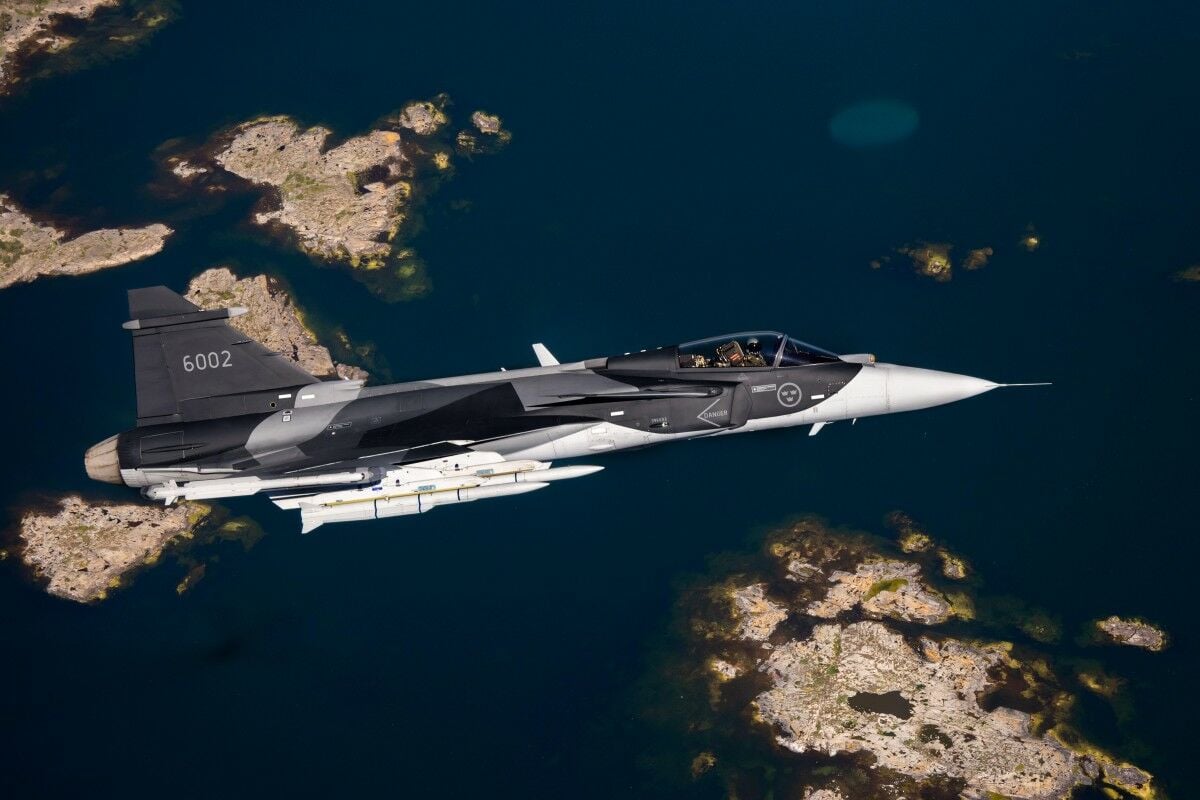
What about the F-5TH Super Tigris?
The upgraded F-5TH remains an important piece of the RTAF puzzle. While it’s no match for newer jets in terms of range or payload, the modernisation programme gave these older fighters new radars, weapons compatibility with missiles like the IRIS-T, and advanced cockpit systems.
Most likely, the F-5TH will continue flying alongside Gripens and F-16s for the next decade, bridging the gap until more advanced jets fully replace the older fleet.
Regional security and the need for modernisation
Thailand isn’t upgrading its fighter jets in a vacuum. Neighbouring countries like Singapore and Malaysia have invested heavily in high-end fighters such as F-15SGs, F-35Bs, and Su-30MKMs. Myanmar and India also have modernised fleets.
The Gripen E/F will help Thailand keep pace with the advancements of its neighbours, providing capabilities suited for modern aerial combat, electronic warfare, and networked operations.
Thailand is also keeping an eye on other potential fighters, such as the US F-35 and South Korea’s KF-21, but these come with higher costs or compatibility challenges.
Altogether, we may consider Thailand’s shift from the ageing F-16s as a move prioritising modern capabilities, cost efficiency, industrial development, and geopolitical neutrality are equally as important factors in the final decision to opt for the Gripen E/F jets.
Phasing out older jets isn’t such a straightforward path as the overall decision relies on maintaining pilot training standards and manoeuvring the often complex international defence landscape. But ultimately, opting for the Gripen jets over its competitors marks a step closer to a capable, flexible, and future-ready fighter fleet.
Latest Thailand News
Follow The Thaiger on Google News:

